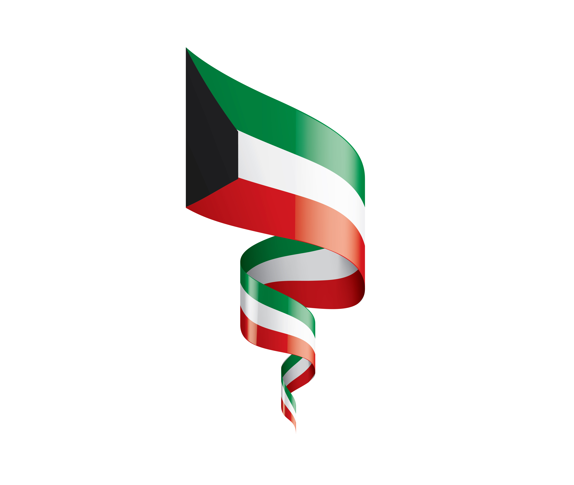Despite industry sentiment moving against the branch in
favour of digital channels, and the ongoing effects of the global
economic crisis, the largest 16 retail banks in Central and Eastern
Europe only closed 3% of their branches or 670 outlets in total in
the past 12 months. Douglas Blakey reports.
 Raiffeisen has overtaken UniCredit to become the largest
Raiffeisen has overtaken UniCredit to become the largest
bank by branches in Central and Eastern Europe. Société Générale
and Erste remain third and fourth by that measure and have both
increased their branch networks despite the financial crisis.
Overall in the region, 3% of
branches have closed in the past year.
Total branch numbers across the
largest banks in Central and Eastern Europe (CEE) have fallen in
the past year but by only 3%.
Despite industry sentiment moving
against the branch in favour of digital channels and the ongoing
effects of the economic crisis, the largest 16 banks in CEE only
closed a net 670 outlets in the last 12 months.
How well do you really know your competitors?
Access the most comprehensive Company Profiles on the market, powered by GlobalData. Save hours of research. Gain competitive edge.

Thank you!
Your download email will arrive shortly
Not ready to buy yet? Download a free sample
We are confident about the unique quality of our Company Profiles. However, we want you to make the most beneficial decision for your business, so we offer a free sample that you can download by submitting the below form
By GlobalDataRaiffeisen, with a presence in 17
markets, shuttered a net 69 outlets in 2010, reducing its network
from 3,017 outlets to 2,948 units but now ranks as the largest
lender in the region by branches.
UniCredit closed a net 128 outlets
to start 2011 with 2,903 outlets. Société Générale and Erste
actually increased their branch networks by 38 and 11 units
respectively to remain the third- and fourth-largest banks in CEE
by branches.
Erste has only really scaled back
its branch expansion strategy in Ukraine and in Serbia, where it
does not rank among the top 10 banks.
The importance of the branch
network is boosted by the ongoing need for banks to raise deposits,
rather than rely on wholesale funding.
The only other major lender to
increase its branch network was Hungary-based OTP, which opened a
net 12 branches to rank 6th by outlets with 1,508 units.
Looking ahead, Sberbank can be
expected to increase its branch footprint as it continues to be
linked with possible acquisitions in Poland, Romania and
Turkey.

The biggest network reductions were
reported by Hypo Group (down by 40% or a net 158 outlets to 230
units), Volksbank (down by 23% to 446 units) and Swedbank, which
closed a net 125 branches or 28% of its outlets.
Research from Raiffeisen highlights
that, in Euro terms, the total consolidated assets of the entire
banking system in the CEE region grew by a remarkable 13%
year-on-year in 2010 after a 0.6% annual increase in 2009.
The Russian market proved most
dynamic, up by 24% year on year followed by the Czech Republic +9%
and Poland +7%. The weakest spots were Bosnia and Herzegovina
(-14%), Hungary (-4%) and Slovenia (-2%).
UniCredit, Erste, Raiffeisen,
SocGen and KBC remain the largest banks by assets in the
region.
But outside the top five, notable
changes are taking place. Santander is now set to catapult into the
top 10 having strengthened its CEE presence via its acquisition in
Poland, Volksbank’ sale to Sberbank, and Greece’s EFG and Alpha
Bank merger will have a marked effect on the top 10 banks by
assets.
KBC and BCP have announced plans to
divest in CEE, while Hypo Alpe Adria remains a takeover target.
The well-capitalised Polish market
arguably remains among the most interesting.
Following the takeover of Bank
Zachodni WBK by Santander in April and the ongoing takeover of
Polbank by Raiffeisen, further consolidation is expected in
Poland.
BCP’s Millennium and KBC’s Kredyt Bank are up for grabs while
longer terms takeover targets include Getin Holding, Alior Bank not
to mention the Polish government’s 45% stake in PKO BP.







